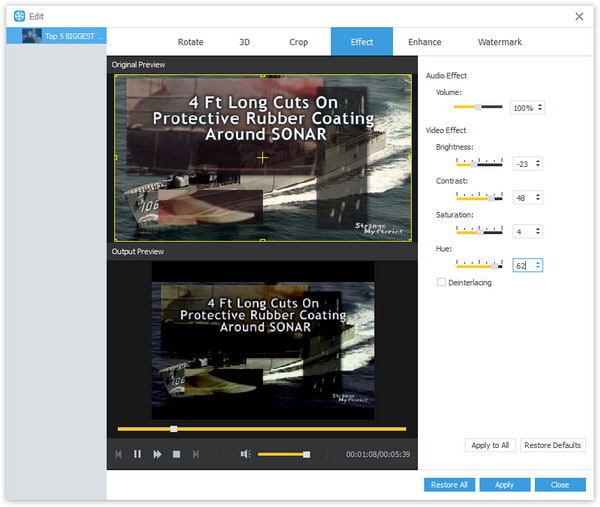
AVI is a subformat of the Resource Interchange File Format (RIFF), which divides a file's data into blocks, or "chunks." Each "chunk" is identified by a FourCC tag. An AVI file takes the form of a single "chunk" in a RIFF formatted file, which is then subdivided into two mandatory "chunks" and one optional "chunk". AVI files can contain both audio and video data in a file container that allows synchronous audio-with-video playback. Like the DVD video format, AVI files support multiple streaming audio and video, although these features are seldom used.
- - Wikimedia
ASF is based on serialized objects which are essentially byte sequences identified by a GUID marker. The format does not specify how (i.e. with which codec) the video or audio should be encoded; it just specifies the structure of the video/audio stream. This is similar to the function performed by the QuickTime, AVI, or Ogg container formats. One of the objectives of ASF was to support playback from digital media servers, HTTP servers, and local storage devices such as hard disk drives.
- - Wikimedia

Step 1. Download and install the program, then double click it to run it, and then you'll see the main interface of the program.

Step 2. Click "Add File(s)" button. Here you can select "Add Video" or "Add Folder" button to add files as you like.

Step 3. Click the drop-down arrow right beside the "Profile" column and select your desired video format from the drop-down list.

Step 4. Click "Edit" button to customize the output video like Effect, Trim, Crop, 3D Settings and Watermark.